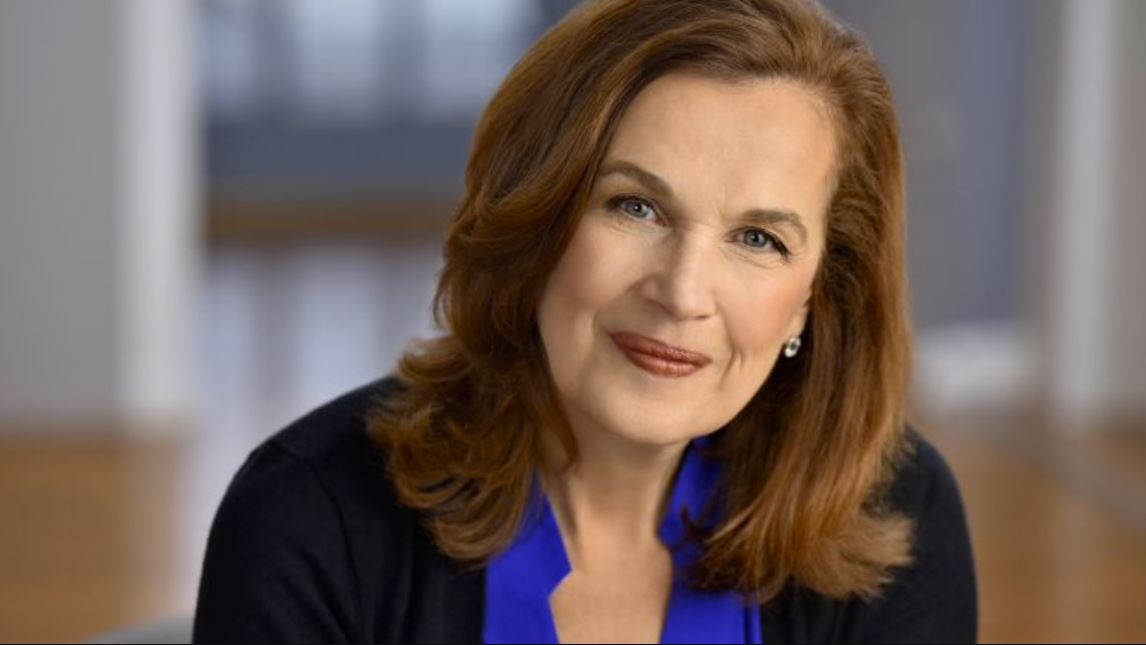On Wednesday night, the Somerset County Library System welcomed Catherine Kerrison, Ph.D., professor of history at Villanova University to discuss her book “Jefferson’s Daughters.”
During the virtual event, in honor of Black History Month, Kerrison educated the audience on Harriet Hemings, daughter of Thomas Jefferson and Sally Hemings.
“I wrote my book in hopes that the stories of Thomas Jefferson’s three daughters could help us understand how fundamental race and gender have always been in our national experience,” Kerrison said.
Kerrison also believes that the story of Harriet Hemings will help mend the nation’s current divide.
“I want to use this story of Harriet Hemings to think about the myth of racial purity in America,” she said, “and to rethink terms such as white and Black, and free and unfree, that have been so powerful in demarcating and dividing the lives in America.”
In 1822, Thomas Jefferson freed his enslaved 21-year-old daughter, Harriet Hemings, who passed as a white woman. Hemings then left Monticello, Jefferson’s main plantation located in Charlottesville, Virginia, and disappeared from most historical records.
Kerrison also provided pictures of Monticello – as well as the town square of Charlottesville – providing the audience with a better visual of Heming’s original home.
According to Kerrison, Monticello currently hosts amazing exhibits where visitors are able to learn about Jefferson and his family.
Kerrison said that we know “next to nothing about Harriet’s childhood,” but we know that she spent most of her time at Sally Hemings’ side, who was said to have been her mother. Before Sally was enslaved, she lived in various cities, such as Paris, France, and strived to set an example for Harriet that “another type of life was possible.”
“Sally Hemings was very well equipped to prepare her little girl for a life in freedom,” Kerrison said.
Harriet’s mother taught her how to sew, arrange a home and care for fabrics and garments –all skills that Sally learned in Paris and Monticello. According to Kerrison, Sally was also fluent in French, and may have even taught Harriet how to speak the language.
Kerrison showed contrasts in the way that Jefferson’s granddaughters grew up as compared to his children. While his granddaughters were raised in elegance – with the best education and beautiful homes – his children were living in log cabins.
According to Kerrison, Jefferson put Harriet Hemings to work at the age of 14. She worked long hours spinning wool in a textile manufacturing building on the grounds of Monticello. Hemings worked in this building until she was 21 years old. After her 21st birthday, she was able to leave, and was given $50 to cover the stagecoach fair to Philadelphia, Pennsylvania, and any other travel expenses.
According to accounts from Hemings’ brother, she married “a white man in good standing” in Washington D.C., where they raised a family together. Kerrison noted that after Hemings’ brother had not heard from her in 10 years, she was presumed to have died in 1863.
“He was not aware if her identity at Monticello had ever been discovered,” Kerrison said, “nor, to my knowledge, had anyone ever gone looking for her. So, I decided to try.”
Kerrison began looking for information about Hemings in the Washington area, imagining her reaction to seeing the building that her father sat in as president.
“How would I go about looking for a woman, intent on erasing her historical footprint?” she said.
After learning that the district began filing marriage records in 1811, she got a list of 58 women named Harriet that had been married between 1822 and 1830. Kerrison then looked through the census of 1850 – the first census to name every person in the household. Her efforts also included going through resident lists, newspapers, wills and church records, as well as accumulating many leads that would later prove to be false. Still, she couldn’t find Hemings.
“If Harriet wanted freedom, she had to bury her blackness, because there was no such thing as black freedom,” Kerrison said.
While conducting research, Kerrison learned that Jefferson had never formally freed Hemings, but rather aided her in her escape. She knew that if she wanted freedom, she would have to banish into a different area, and identify as white-passing in order to live a free life. Therefore, once she left, she became nearly impossible to find.
Although Kerrison’s journey to find Hemings wasn’t as successful as she had expected, she was able to understand her purpose for disappearing, as well as why so many people who were similar to her did the same.
“That I didn’t find Harriet Hemings only proves the point that we are all connected,” Kerrison said. “And it’s only when we acknowledge the utter officiality of these systems that separate us, that we can begin the collective effort to dismantle them and embrace our common humanity.”
For comments/questions about this story, email [email protected] or tweet @TheWhitOnline.

























































































































































!["Working with [Dr. Lynch] is always a learning experience for me. She is a treasure,” said Thomas. - Staff Writer / Kacie Scibilia](https://thewhitonline.com/wp-content/uploads/2025/04/choir-1-1200x694.jpg)









































